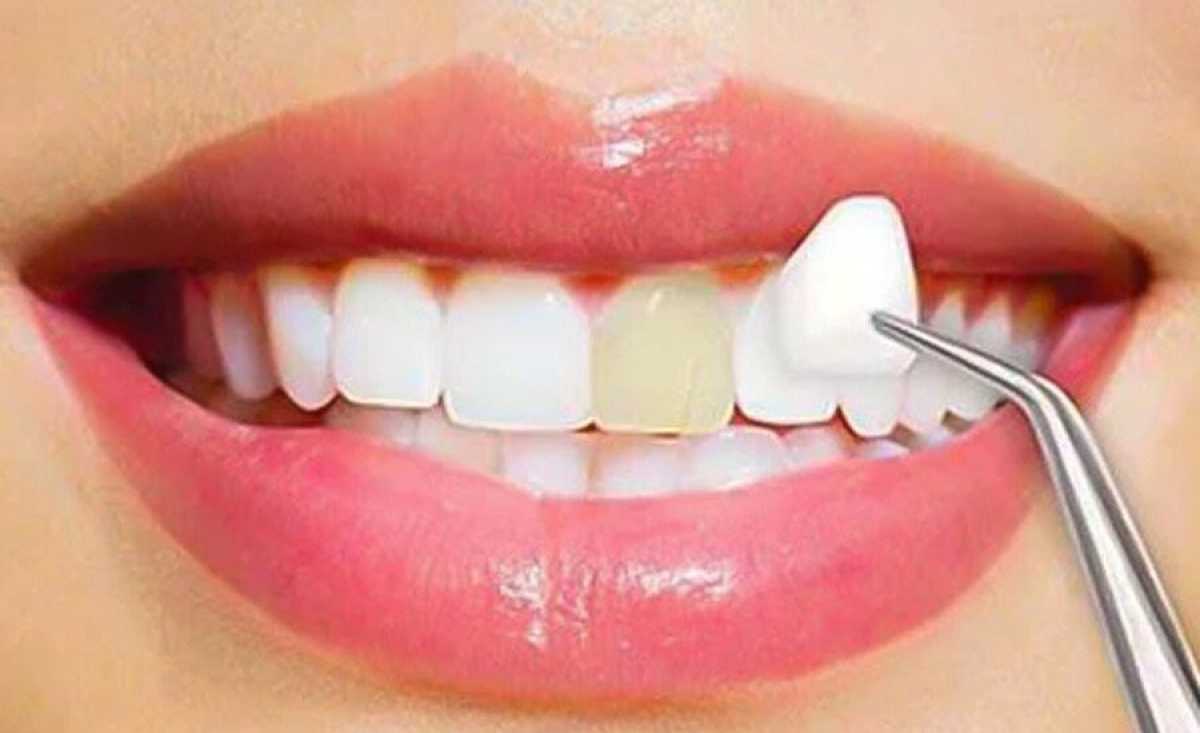8 Myths About Cosmetic Dentistry: Busting The Misconceptions
- - Category: Dental Care
- - 15 Apr, 2024
- - Views: 168
- Save

Cosmetic Dentistry
Cosmetic dentistry is a branch of dental medicine dedicated to improving the appearance of the smile and teeth. Even though this type of treatment has become increasingly popular, many myths and misunderstandings still circulate around it. Let's look at the 8 most common myths about cosmetic dentistry and try to dot the i's.
1. Myth: Cosmetic dentistry is only about beauty
This is one of the most common misconceptions. While cosmetic dentistry does improve the appearance of your teeth and smile, it can also have significant medical benefits. For example, correcting malocclusions can help prevent maxillofacial problems such as headaches and improve chewing function.
2. Myth: Cosmetic procedures damage teeth
This is a myth that often scares people away from visiting a cosmetic dentist. In fact, most procedures, such as teeth whitening, veneers, or inlays, don’t damage the structure of the teeth but, on the contrary, can strengthen them. Modern materials and techniques make it possible to perform these procedures without harm to dental health.
3. Myth: Cosmetic dentistry is only available to the wealthy
With the advancement of technology and techniques, cosmetic dentistry is becoming more accessible. There are many treatment options available, ranging from more affordable procedures such as teeth whitening to more complex procedures such as veneers and implants. Additionally, many dental clinics offer financing plans and loans for those who want to improve their smile.
4. Myth: Cosmetic dentistry doesn’t have long-term results
In fact, many cosmetic procedures have long-term or even permanent results with the right care and support. For example, veneers and crowns can last for decades if the patient follows the doctor's recommendations and visits the dentist regularly for preventive examinations.
5. Myth: Cosmetic dentistry is not for everyone
In fact, cosmetic dentistry can be enjoyed by almost anyone. It can help people who are self-conscious about their smile due to stains, unevenness, gaps between teeth, or other cosmetic imperfections. Modern methods can solve a wide range of problems related to the appearance of teeth, making cosmetic dentistry accessible and effective for a variety of patients.
6. Myth: Cosmetic dentistry puts teeth at risk for infections and complications
This myth is based on a lack of understanding of the processes involved in cosmetic dentistry. Modern techniques and materials used by dentists strictly comply with safety and hygiene standards. Properly performed cosmetic dentistry procedures do not increase the risk of infection or complications.
7. Myth: Cosmetic dentistry procedures are painful and require a long recovery period
Modern methods of dental procedures, including cosmetic ones, are becoming more comfortable and effective. Many procedures can be performed using local anesthesia, minimizing discomfort during treatment. Most patients can return to their daily lives almost immediately after completion of the procedures.
8. Myth: Cosmetic dentistry is only for adults
This myth discourages parents from considering cosmetic dentistry for their children. Certain procedures, such as orthodontic treatment and enamel restoration, can be important for children and teens, helping them develop healthy dental care habits and improve their smile from an early age.
The bottom line
Cosmetic dentistry is an important and multifunctional aspect of dental medicine that provides patients with the opportunity to not only improve the appearance of their smile, but also solve various dental problems. Busting common myths about cosmetic dentistry helps patients better understand its benefits, safety, and affordability. Clearing the myths and misunderstandings surrounding cosmetic dentistry allows patients to make informed decisions about their dental care and select procedures that suit their needs and desires. Working with experienced dentists and regular check-ups will help you maintain a healthy smile for many years to come.

